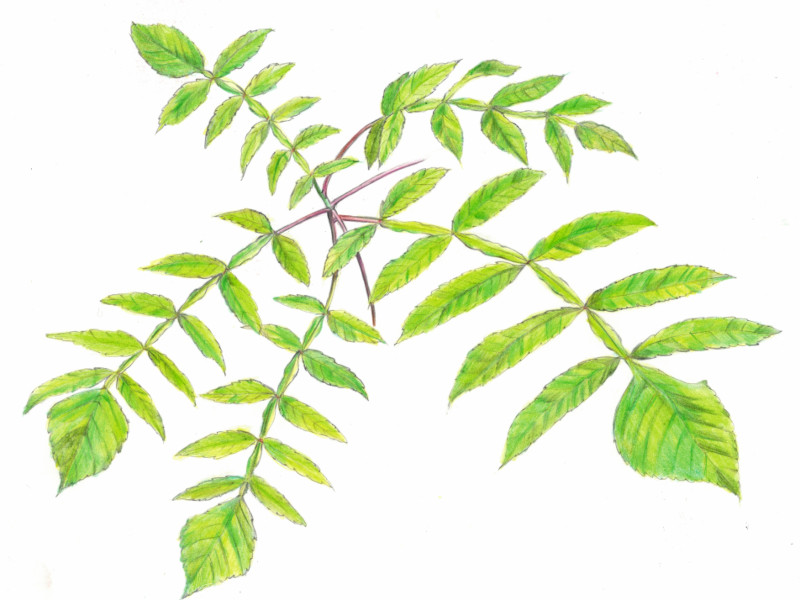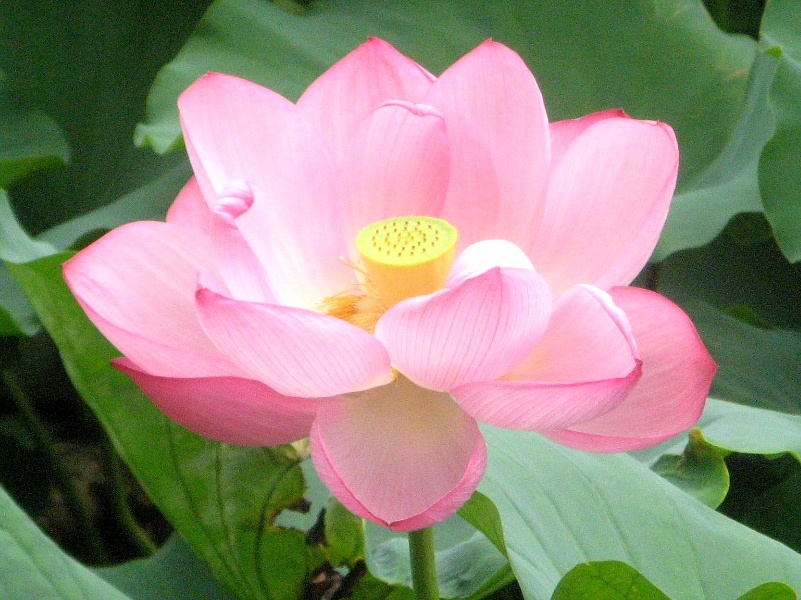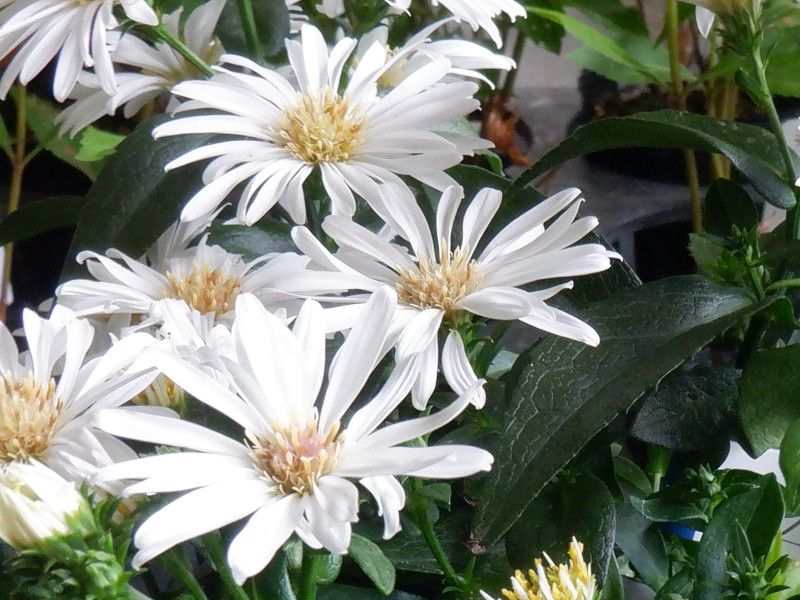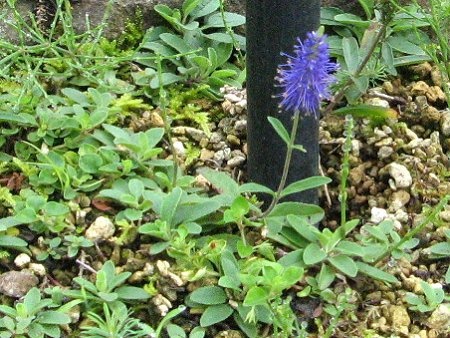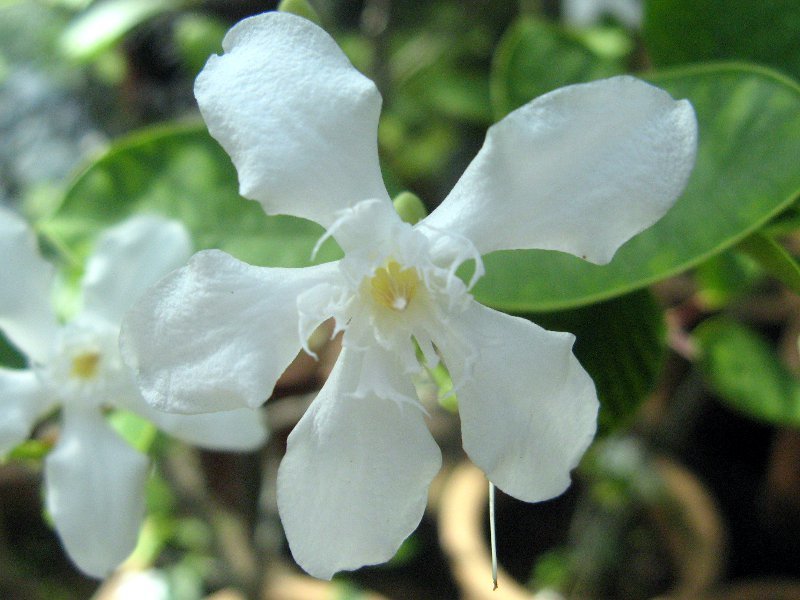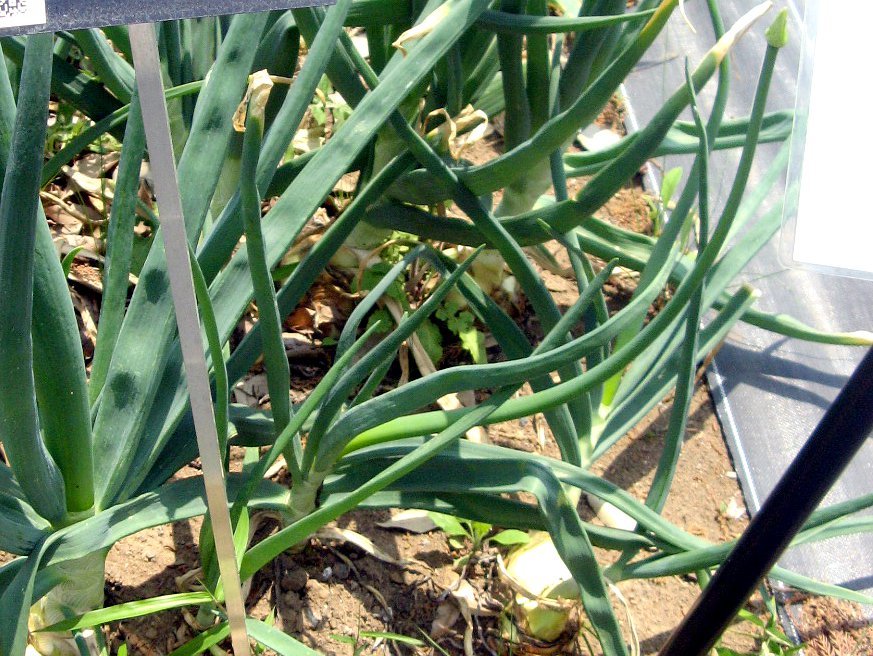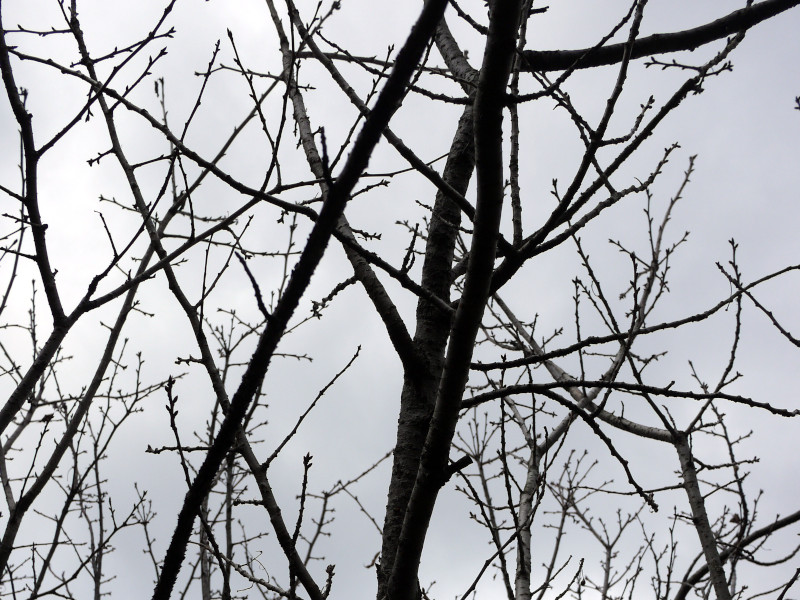Chinese sumac
- Flower nameChinese sumac
- Scientific nameRhus javanica
- Aliasフシノキ, カチノキ, ゴバイシ, 白膠木, 五倍子, かづのき, 穀の木, Chinese sumac
- Place of originJapan, Korea, China, Taiwan, and India
- Place of floweringFields and footpaths, Low mountains
- Flowering seasonAugust, September
What is Chinese sumac
Chinese sumac, Chinese sumac nutgall tree or nurude(scientific name:Rhus javanica)is a small deciduous tree of the genus Rhus , native to Japan, Korea, China, Taiwan, and India. In Japan, it grows naturally on sunny hillsides in the plains and low mountains of Hokkaido to Okinawa. It is also known as fushinoki, kachinoki, gobaishi (go-baishi, chuei), kazunoki (kazunoki) in Manyo names, and Chinese sumac or Chinese sumac nutgall tree in English names. The height of the tree is 3 to 8 meters. The leaves are odd pinnate compound leaves about 30 cm long, spreading in alternate arrangements at the ends of branches. The leaves are green in color, but turn red in autumn. The lobes are oblong ovals 5-12 cm in diameter with coarse serrations on the leaf margins. The odd pinnate compound leaves have wings on the leaf axils between the lobes. The leaves are parasitized by the aphid family Nudibranchiaceae, which produces an insect mass. The plant is dioecious, with a conical inflorescence growing out of the phyllotaxy in August and September, bearing many small five-petaled flowers. The female flowers have one pistil and the male flowers have five stamens. The wood is used for craftwork, and the insect bumps on the leaves are used to make the crude drug "gobai shi. Gobaishi has antidiarrheal, hemostatic, antiphlogistic, antiphlogistic, antitussive, and relieving effects on swellings in the mouth and toothache. In the Edo period (1603-1867), the insect bumps and berries were powdered and mixed with iron nails to make a black dye used to make tooth blackening for married women. Since nurude is a member of the poison ivy family, people with sensitive skin should be careful, as it may cause irritation.
Common name: Chinese sumac, Chinese sumac nutgall tree or nurude, scientific name: Rhus javanica, also known as gobaishi , Manyosha name: kazunoki , Origin: Japan - Korean Peninsula, China, Taiwan, India, Habitat distribution: Hokkaido - Okinawa, Living environment: plain to low Life Form: deciduous small tree, Taxonomy: true dicotyledonous eucoids of the plant kingdom, Taxaceae, Nurude, Height: 3-8 m, Bark Color: brownish gray, Leaf Color: green to red (autumn), Leaf Form: odd pinnate compound leaf, Leaf Length: 30 cm, Oration: alternate, Leaf Axle: winged between lobes, Number of lobes: 7-13, Lobule Diameter: 5-12 cm, lobe shape: oblong-oval, leaf margin: coarsely serrate, dioecious, flowering season: August-September, inflorescence shape: conical, inflorescence length: 20-30 cm, flower color: yellowish white to white, corolla shape: five-petaled, number of pistils: 1, number of stamens: 5, fruiting season: October-November, fruit diameter: 0.4 cm, fruit shape: oblong-oval Fruit size: 0.4 cm, fruit shape: oblong or elliptical, uses: wood for craftwork, insect bumps for medicinal purposes and as a dye for ink, fruit for coughs and diarrhea, note: beware of rashes.
